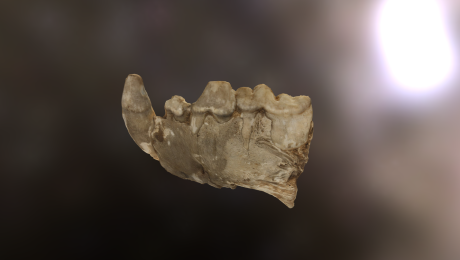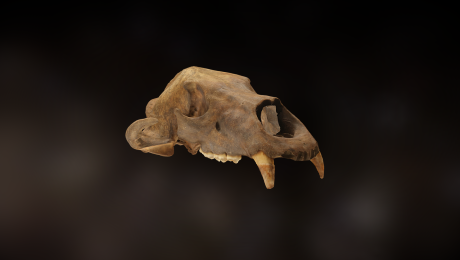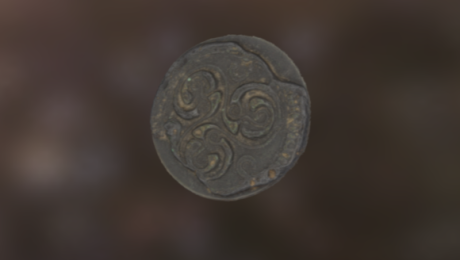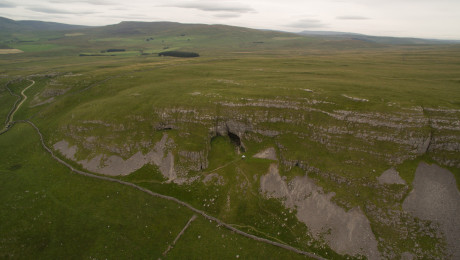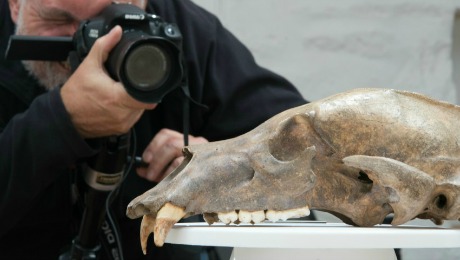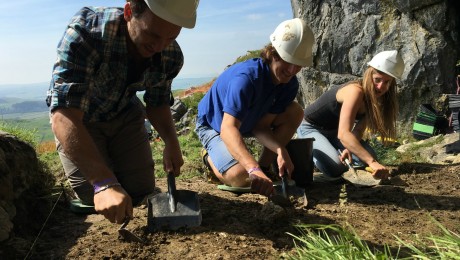If you spend any time exploring Yorkshire’s caves, it’s almost inevitable that you’ll stumble across some archaeology. Here’s what to do if you do if you find something.
There is already a network of cavers and archaeologists who work together to record and collect archaeological material. After all, what could be more exciting than finding a new chamber – except finding a new chamber with Ice Age archaeology in it?
Cavers are often the first people to come across archaeology in hard to reach places. That’s why we worked closely with Yorkshire caving community during the dig, and produced a Cavers Archaeology Toolkit.
Over 90 people took part in the excavation at Ben Scar Cave, or otherwise helped build the Virtual Museum, including local residents and regular cavers, as well as UK-wide and international visitors of all ages, walks of life, and different levels of archaeological experience and knowledge.
We know that cavers are often the first people to come across archaeology in hard to reach places. By bringing together archaeologists and cavers, Under the Uplands has upskilled cavers with new knowledge on how to recognise archaeology, how archaeologists collect their evidence and practical training on how to record new finds.
You can now download the materials used from the library, https://projects.digventures.com/under-the-uplands/library/.
If you spend any time exploring Yorkshire’s caves, it’s almost inevitable that you’ll stumble across some archaeology.
If you think you’ve found something, the best thing you can do is to leave it where it is. The most important thing about archaeology is the context in which it is found, and once removed this can never be replaced.
So just take some photos and then contact:
Nigel Steel at DigVentures (nige@digventures.com)
John Howard at the British Caves Research Association (cag@bcra.org.uk)
